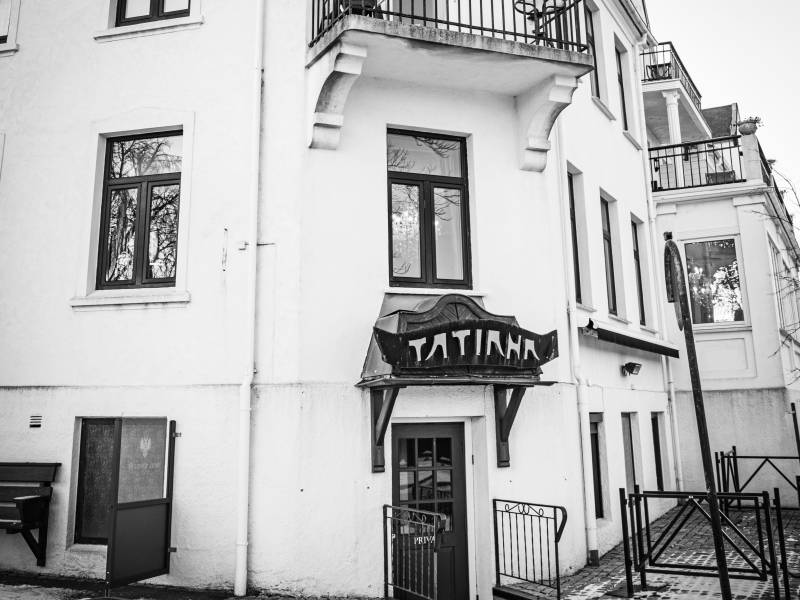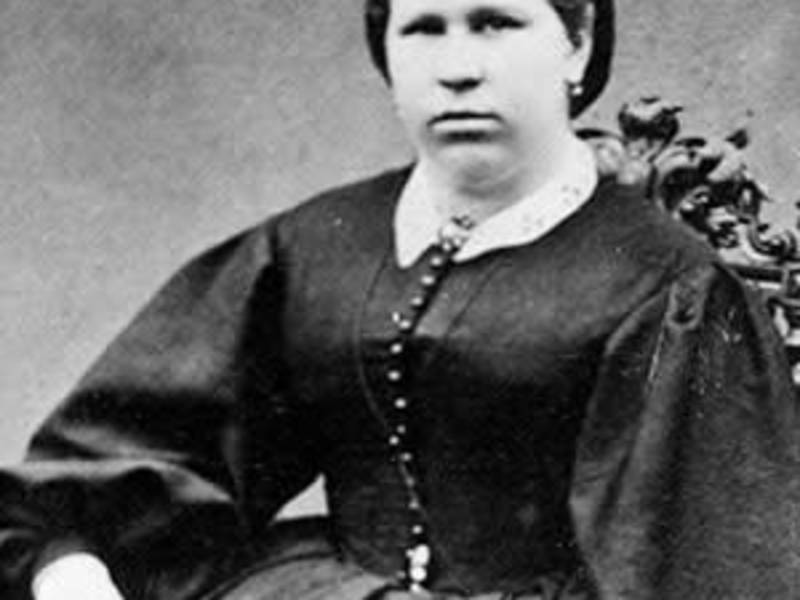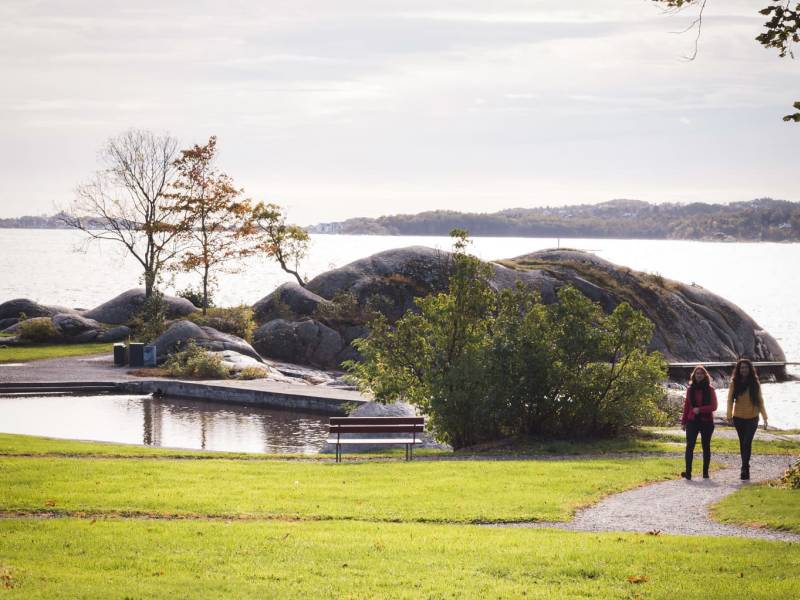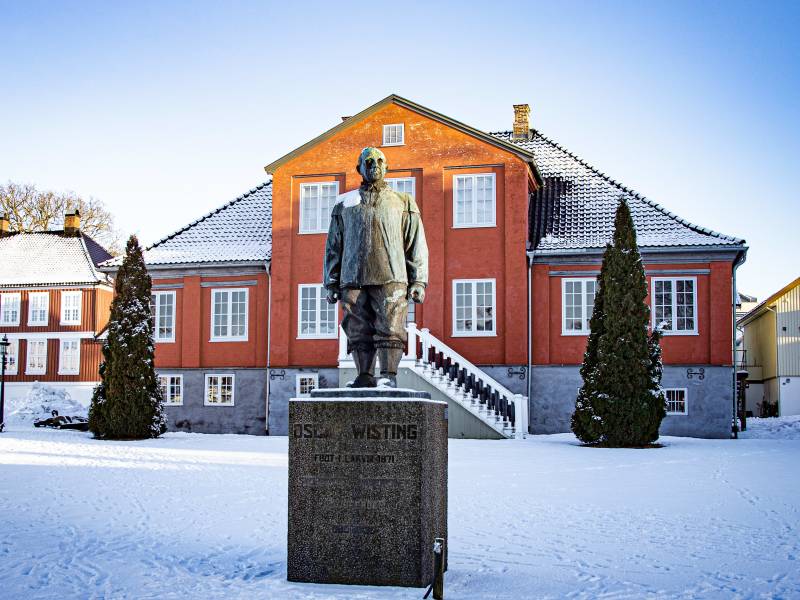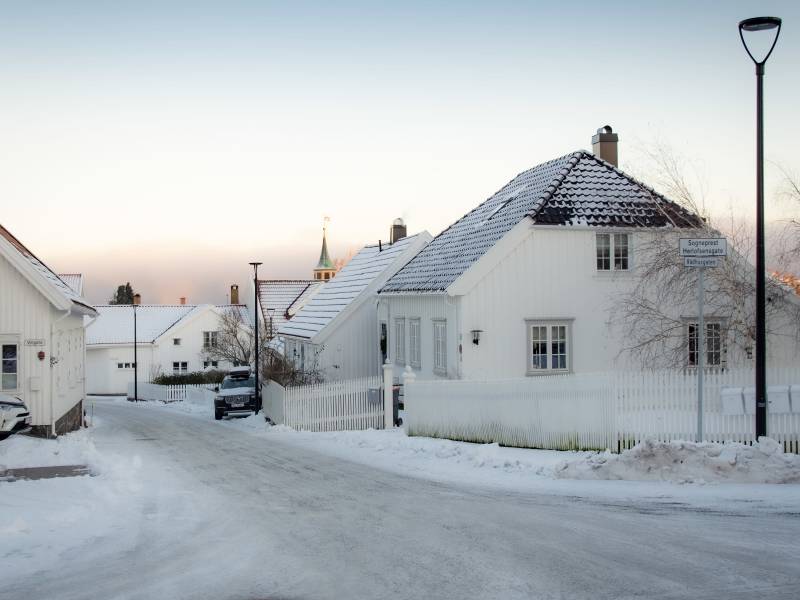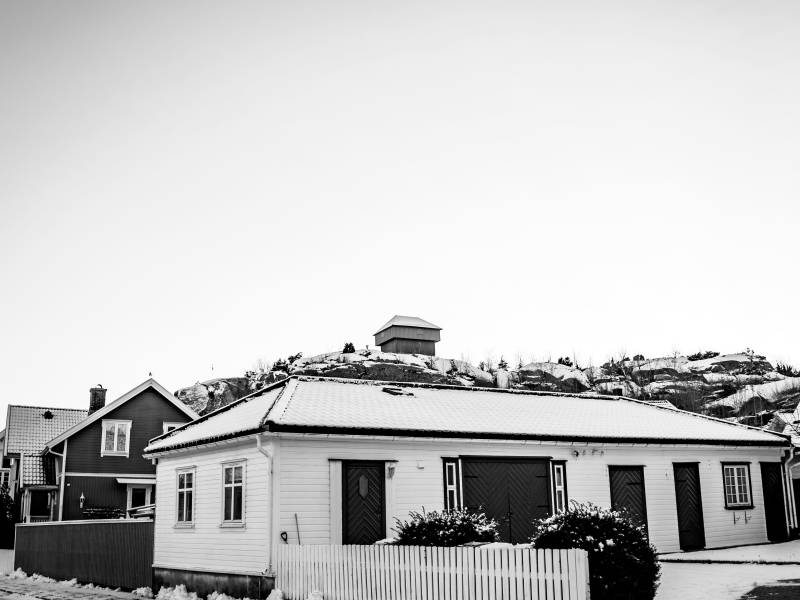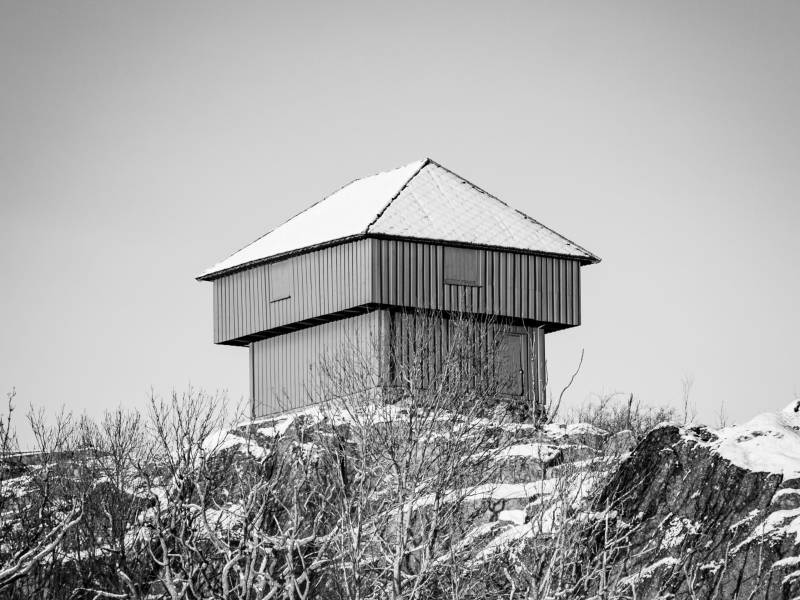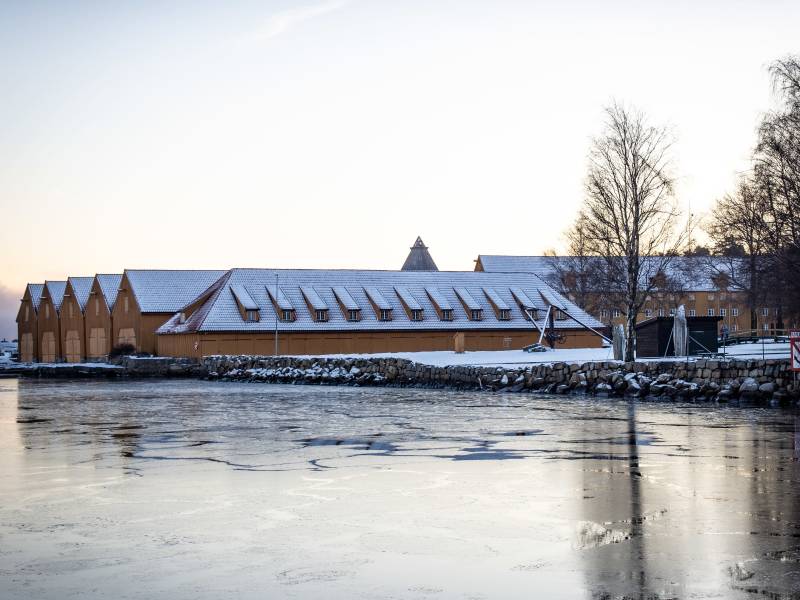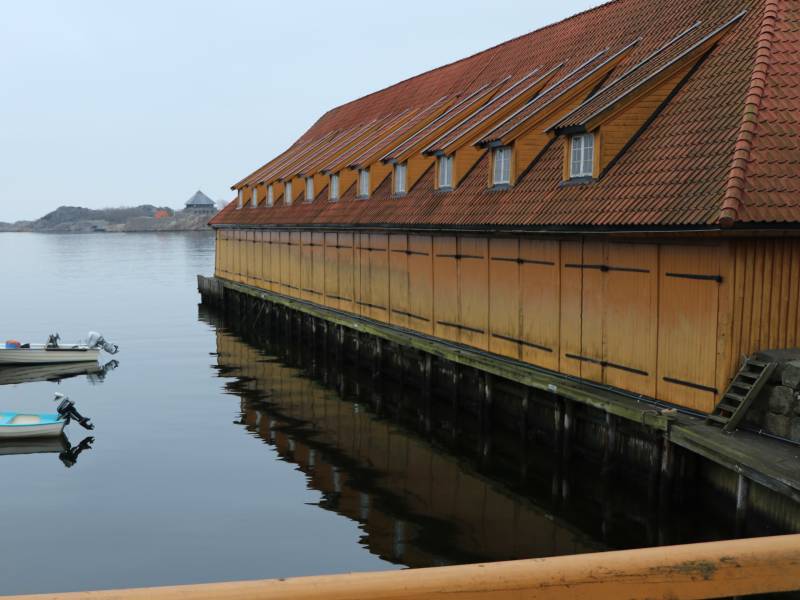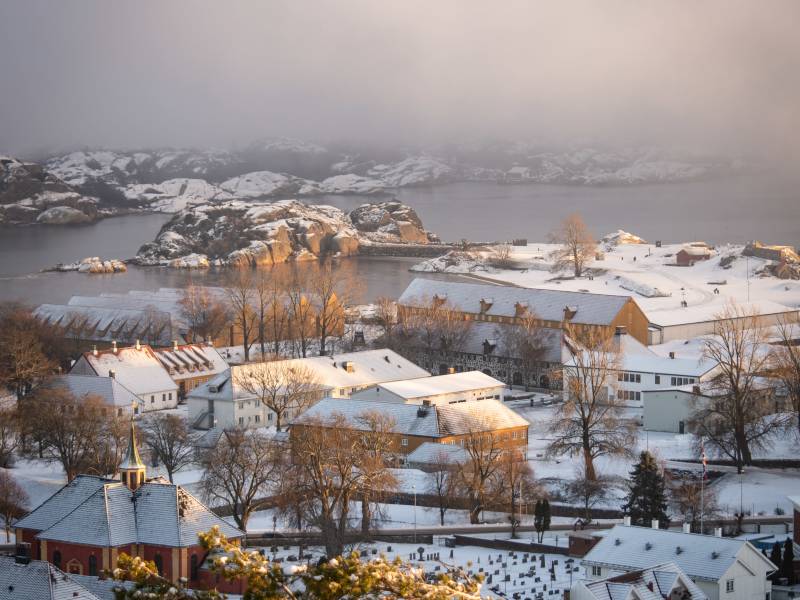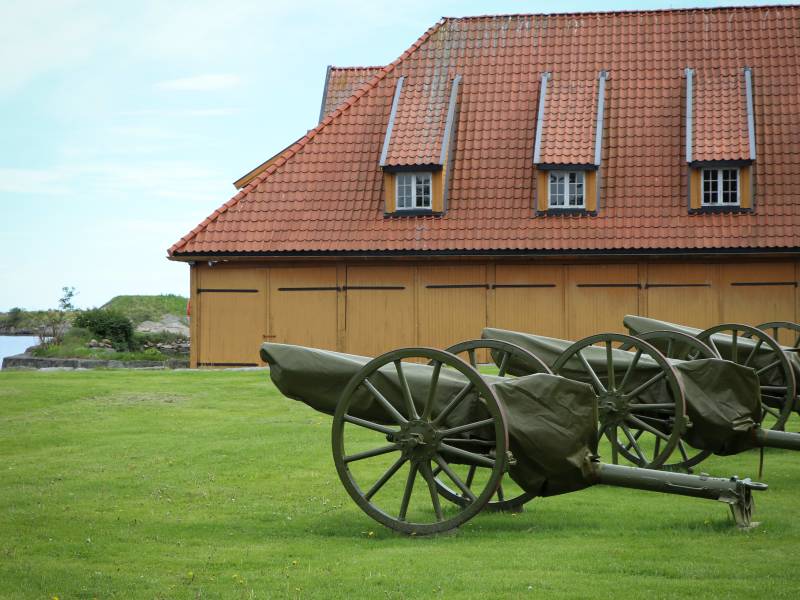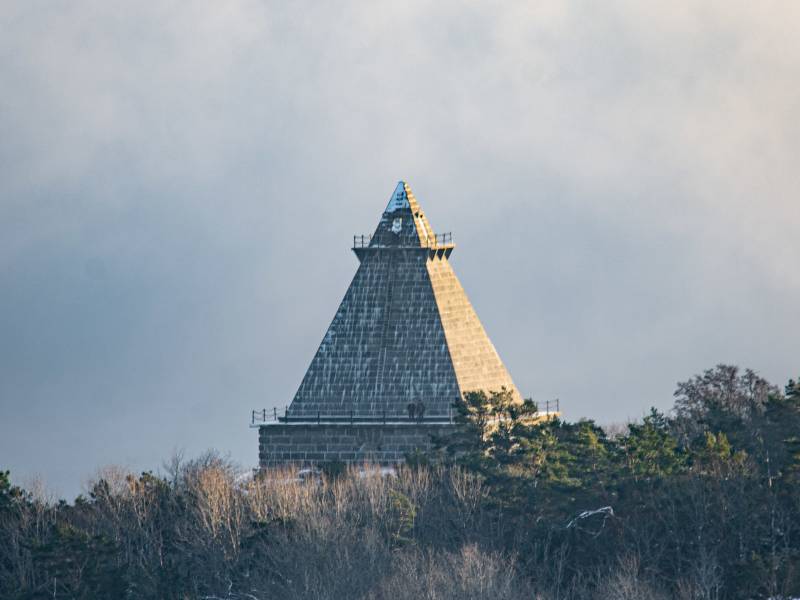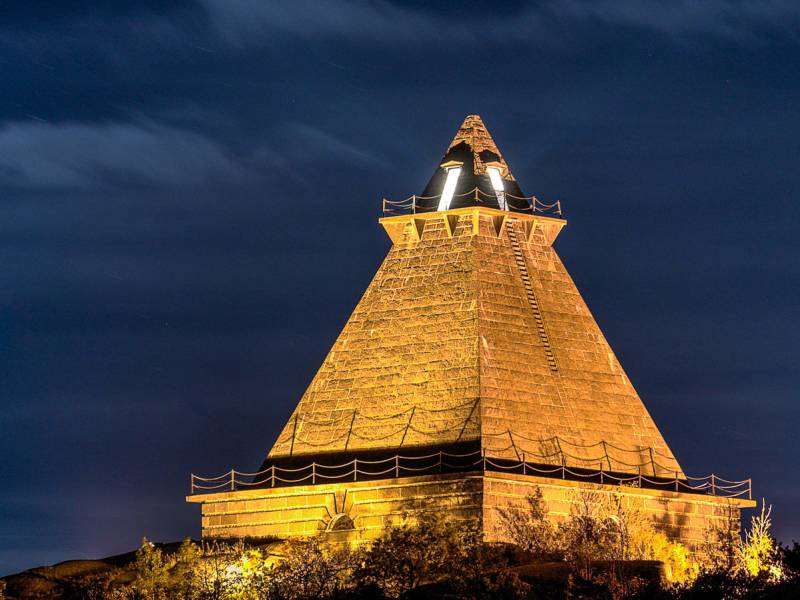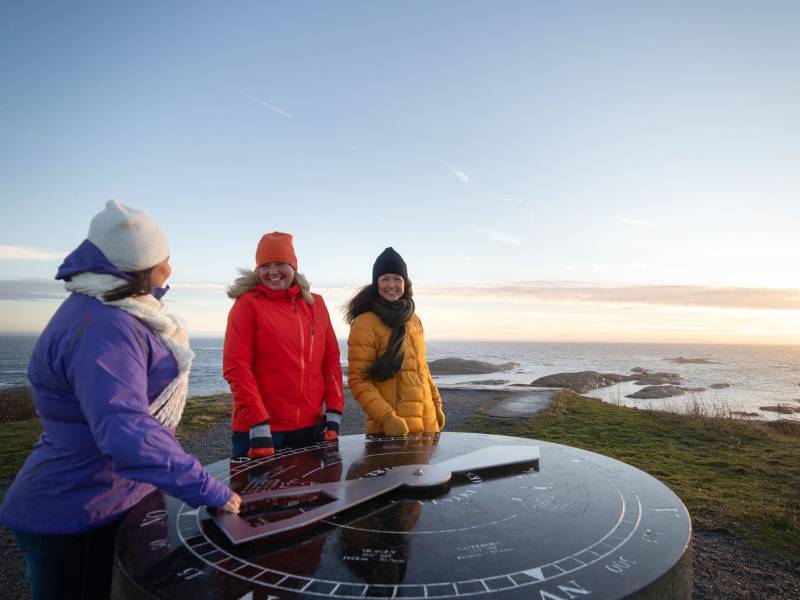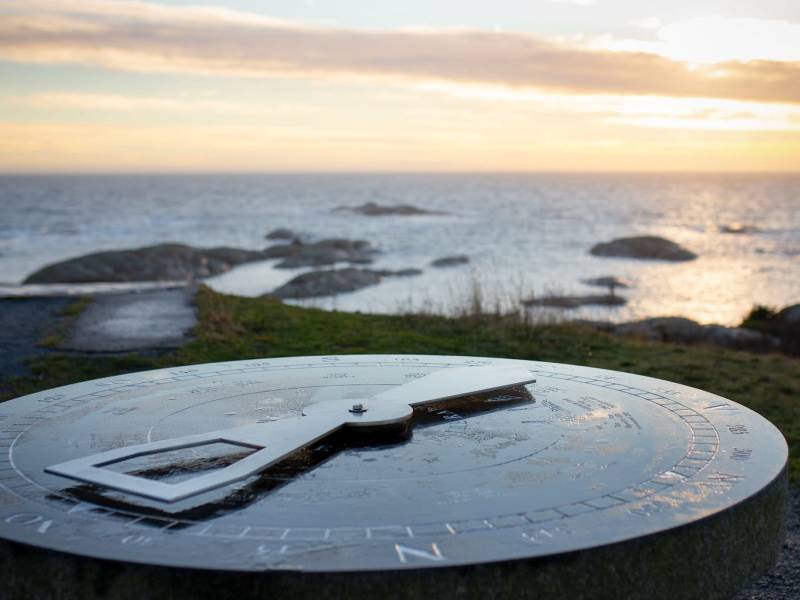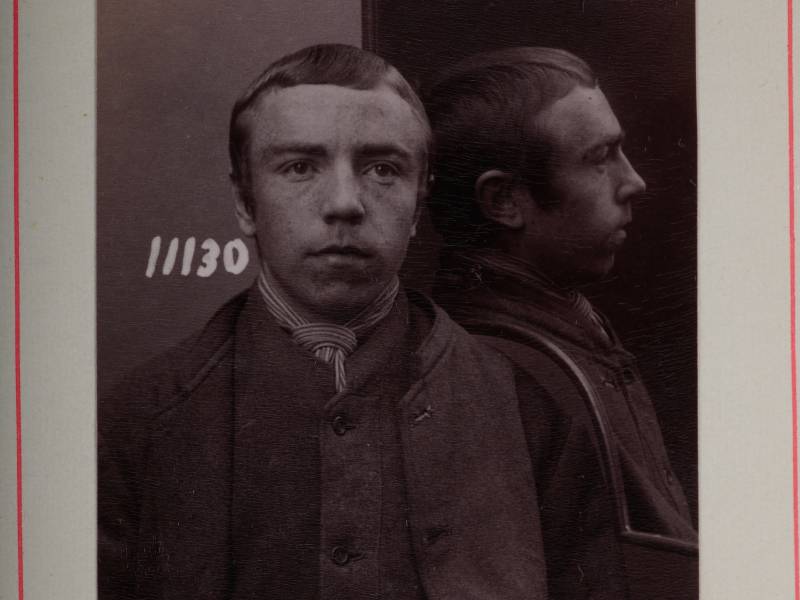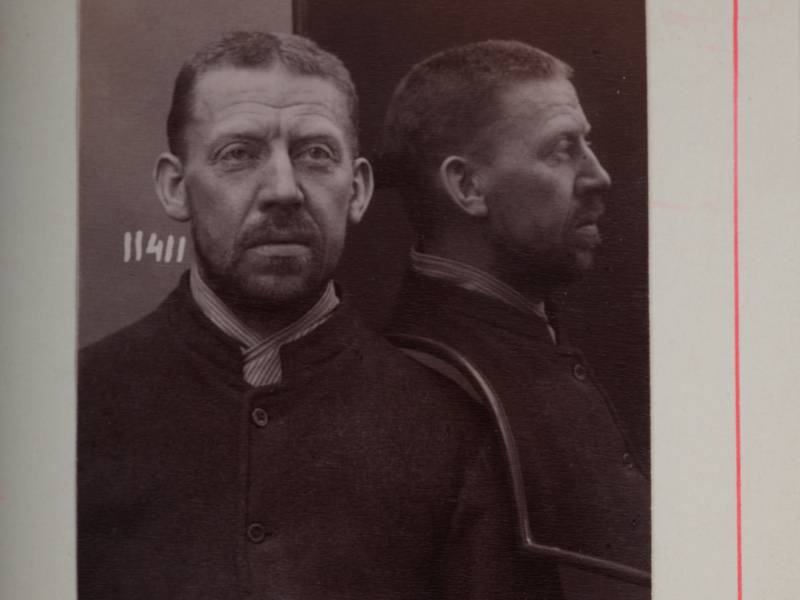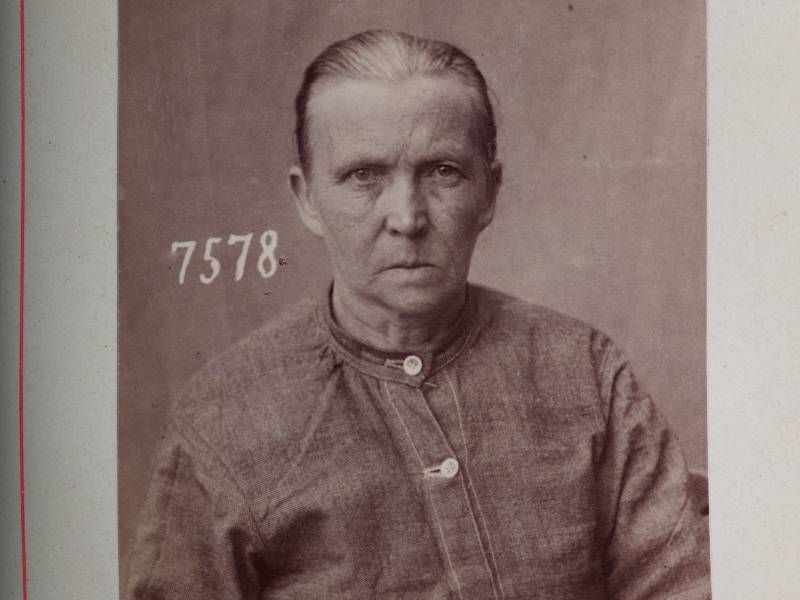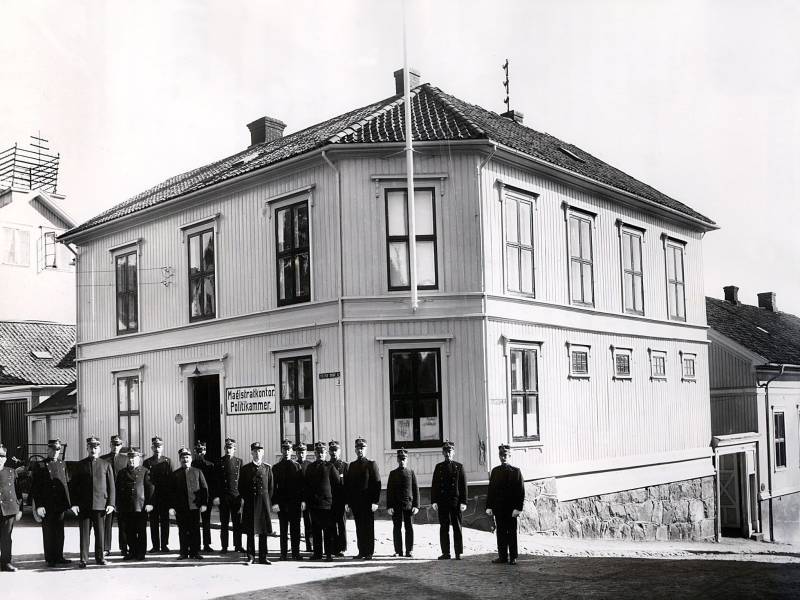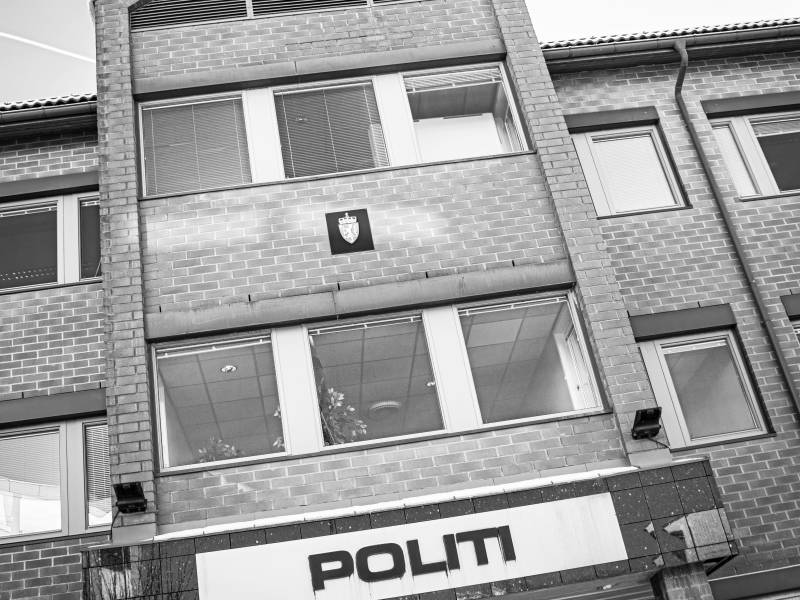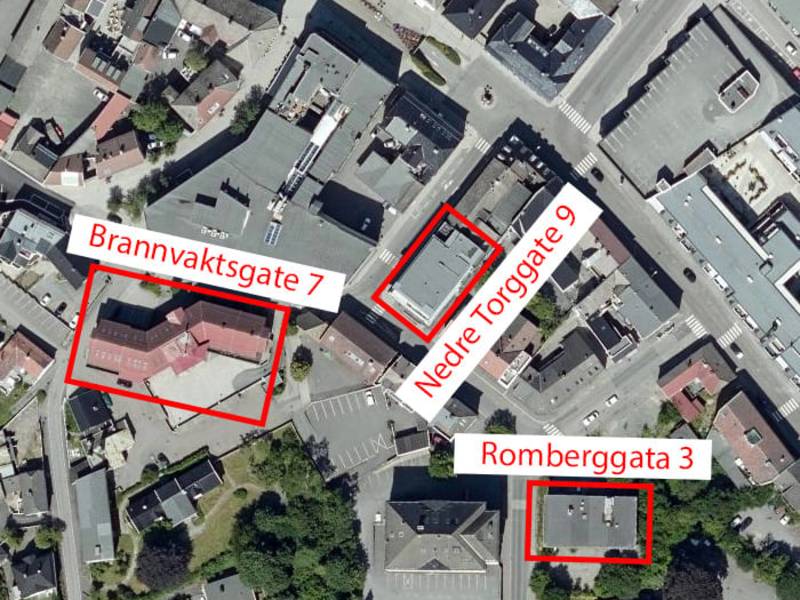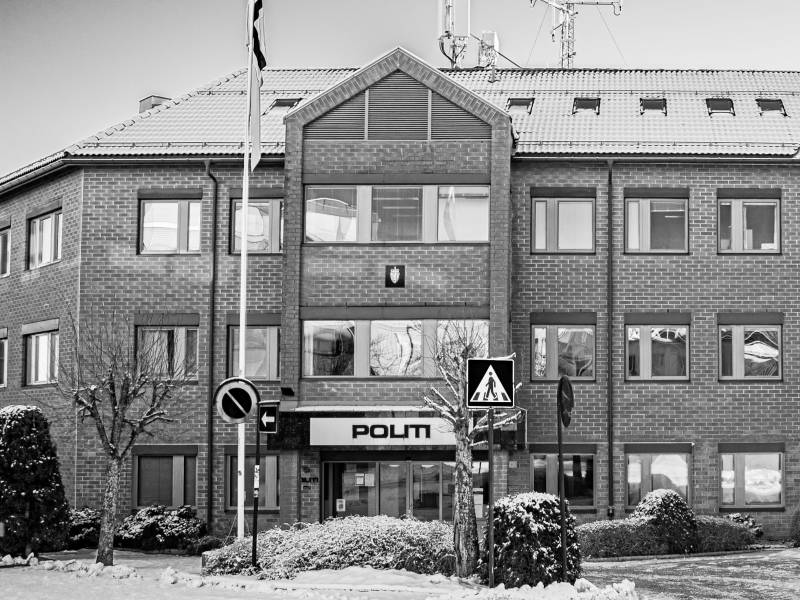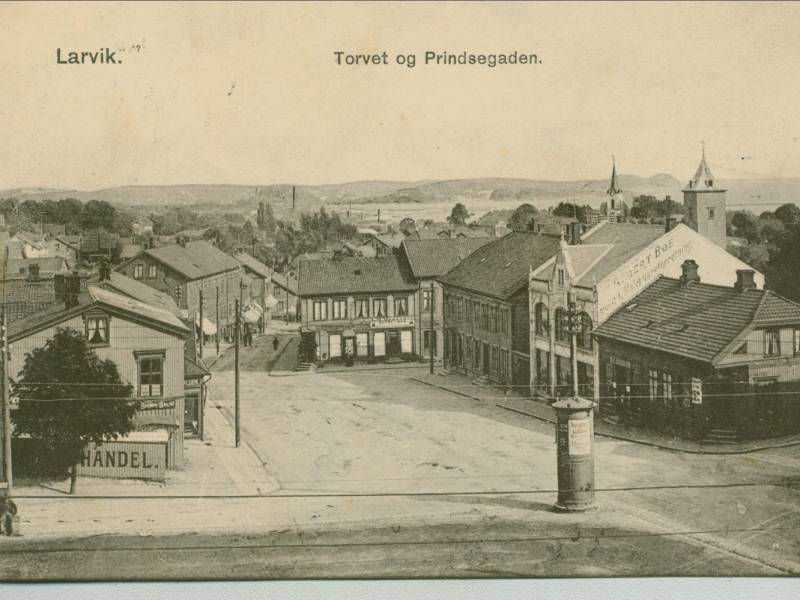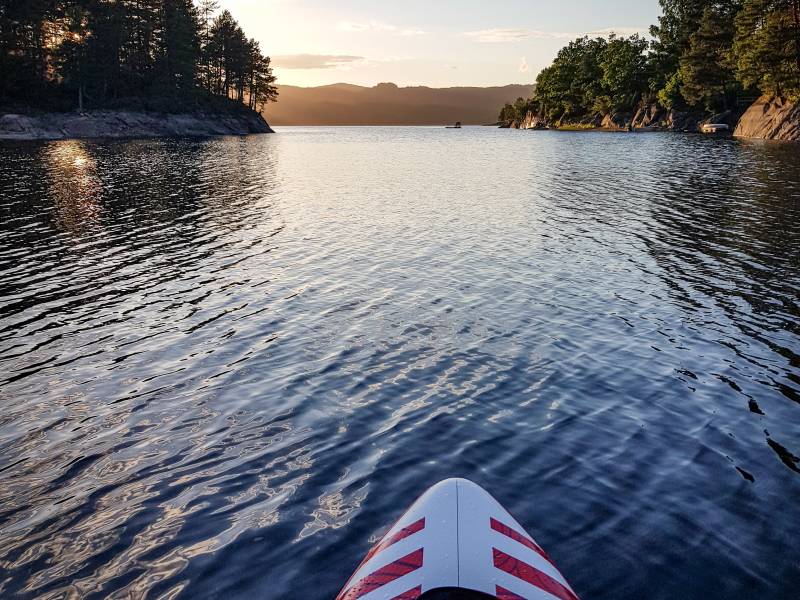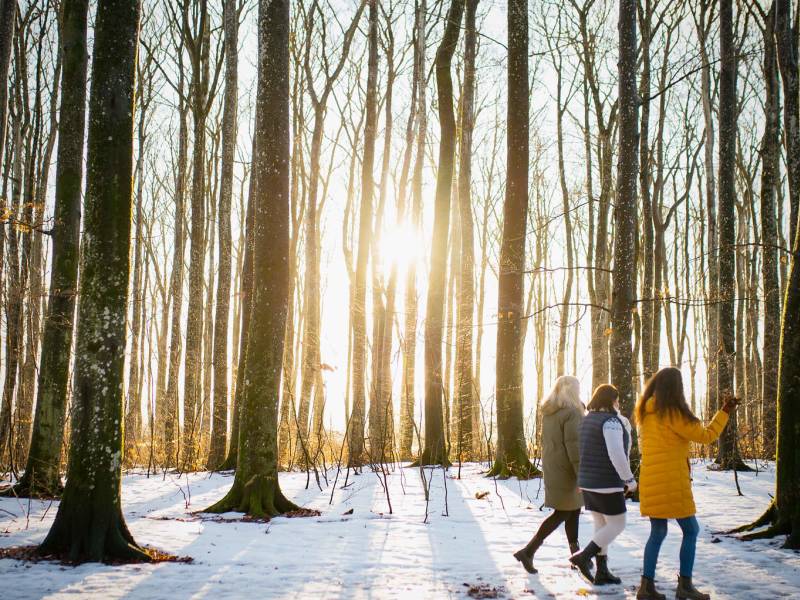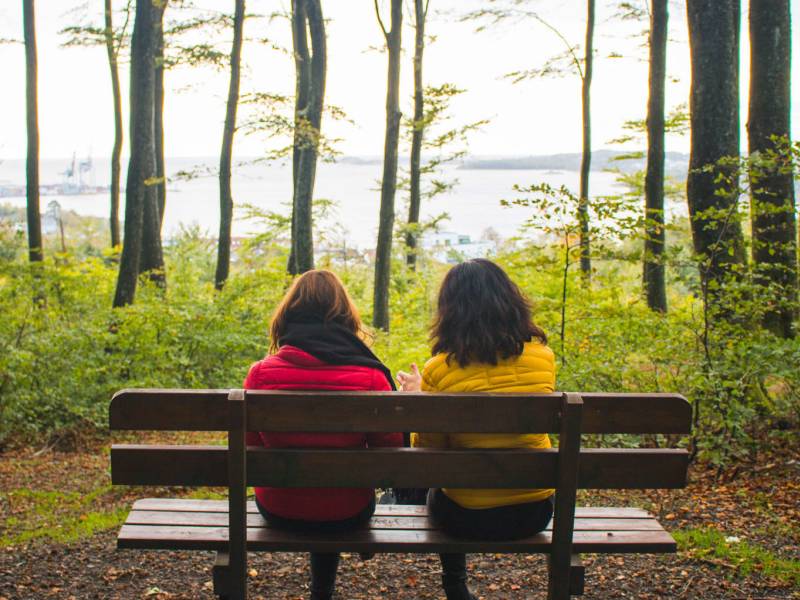The memorial hall and the Skråvika area
The Memorial Hall in Stavern is a well-known landmark that was opened by King Haakon the Seventh in 1926. In the book "The Key Witness", we read:
"At the end of the Stavern mainland, he saw the outlines of the Memorial Hall after World War I, a national monument to fallen Norwegian sailors. Wisting knew that in total, more then 7500 names were etched into the copper plates inside the hall. Among them was his own grandfather".
The Memorial Hall was built in gratitude for "willingness and deed" as it was called. The architects behind the Memorial Hall called the project "Bifrost", which is mentioned in Norse mythology as the bridge from the human world to the world of the gods - to Valhalla! The memorial has clear references to a grave pyramid as a mausoleum and to the ward as a sea mark.
From the Memorial Hall you can see down to Skråvika, which has long traditions of recreation and social gatherings. In the 1920s, the beach was a popular place for camping with tents, and in the 1950s and 60s, the place was used as an outdoor arena for stage shows, a tradition the Stavern Festival continued when they held their first music festival here in 2001, with only 172 paying spectators.
If you look from the Memorial Hall at an angle down in the opposite direction of Skråvika, you will find the popular beach Korntin. At the beginning of the book "Dregs", Wisting is standing on the beach looking out:
"<Wisting> was standing with fine-grained sand in his shoes, using his hand to shade the sunlight from his eyes, the third policeman to reach the discovery site. Waves broke against the shore in front of him and rolled back to sea. Bare rock faces, smooth and slippery wet, sloped gently into the water on either side of the bay. Two uniformed colleagues had cordoned off the western side of the bathing beach."
Audio guides available in:Norsk bokmål, English (British)




